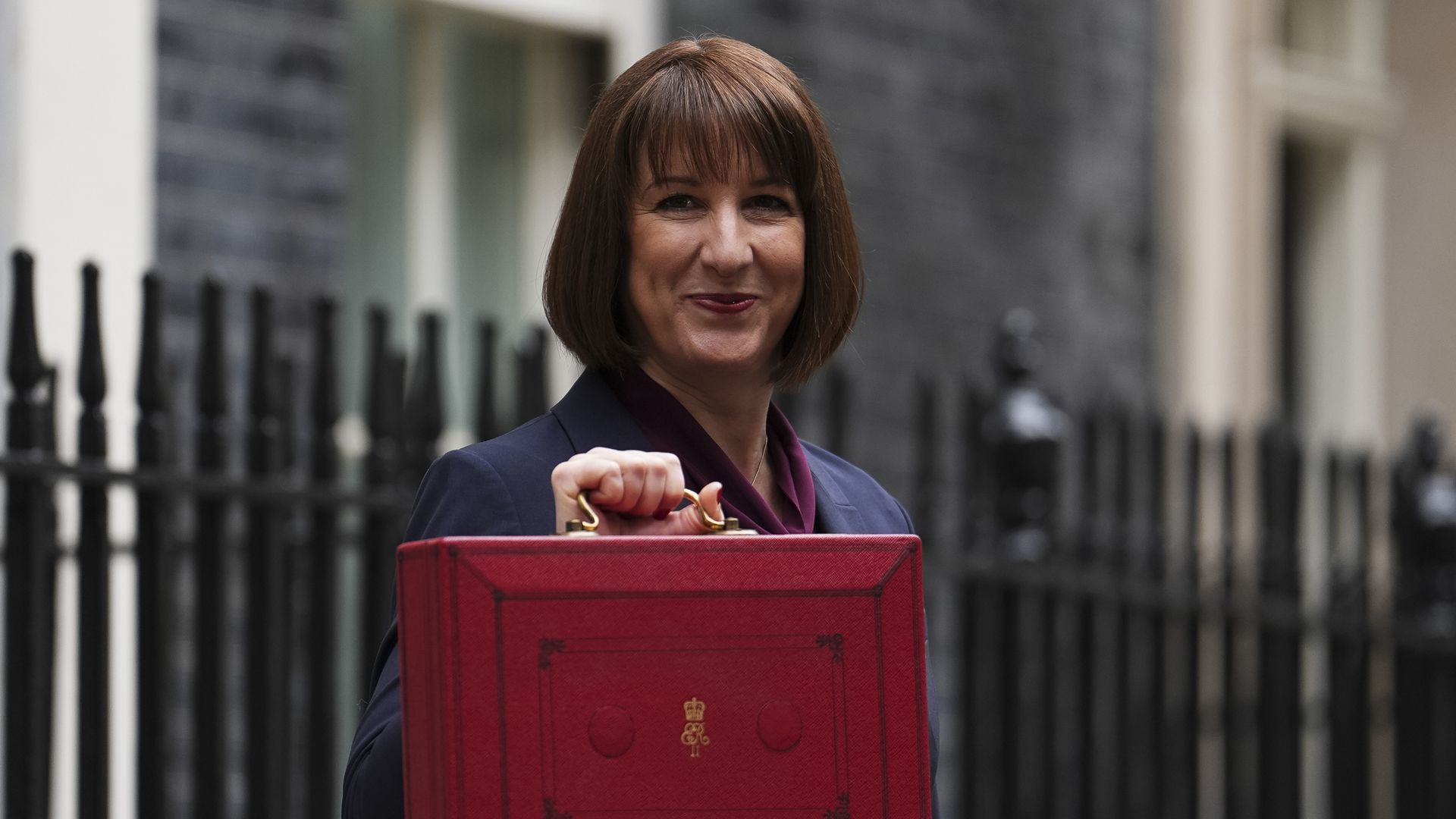Greggs has seen sales jump by 27.1% in the first half of the year as customers turn to cheaper meals during the cost of living crisis.
Sales in the 26 weeks to 2 July were £694.5m compared to £546.2m a year earlier, but profits remained flat – £55.8m compared to £55.5m last year, due to the reintroduction of business rates, increased VAT and inflation.
Chief executive Roisin Currie told PA news agency: “We know the economic environment is challenging and it is tough out there for our customers, so we are doing everything we can to protect our price proposition.
“We are not immune to cost inflation but we are trying hard to mitigate against it impacting customers.”
In May the company said customers would see increases of 5p or 10p on some items but prices are fixed with suppliers for around the next five months, which should bring some stability.
Changes planned for some of Greggs’ more than 2,200 UK shops include extended opening hours, menu updates, and expanded delivery coverage.
More than 1,000 branches currently deliver through app Just Eat, and the average customer spends roughly three times as much on deliveries as they would in the shop.
BP reports second-quarter profit of £6.9bn – highest in 14 years
Nuclear pioneer First Light Fusion ignites plan for £400m fundraising
House prices continue to rise – up for the 12th month in a row
Some 500 shops will open until 8pm by the end of the year and new products will include jacket potatoes, hot yum yums with salted caramel sauce, and brownies with chocolate dipping sauce.
Greggs ‘significantly exposed’ to cost of raw materials, energy, and wages
But rising inflation and other costs could mean challenging times ahead, according to Charlie Huggins, head of equities at Wealth Club.
He said: “The cost of raw materials, energy and wages are all rising rapidly. Greggs is significantly exposed to all three, putting pressure on profits.
“There’s a limit to how far it can raise prices to offset these extra costs.
“If Greggs can maintain its recent sales momentum, it will go some way to offsetting inflationary pressures.
“But the group’s near-term prospects still look rather unappetising given the extremely unsavoury cost outlook.”
Read more:
Everything you need to know about windfall tax
See which prices have gone up – and the surprising luxuries that have gone down
Domino’s reports fall in pre-tax profit
Another food chain feeling the effects of the cost of living crisis is pizza business Domino’s, which saw a 16% fall in pre-tax profit in the first half of the year.
The business said it faces three big challenges – food supply chain uncertainties arising from the Ukraine conflict, general food commodity price inflation, and the effect of cost of living concerns on consumer behaviour.
It added: “These will continue to be a focus for the business over the next six months and are being addressed and mitigated in several ways.
“With the exception of cheese, we have agreed prices in advance with suppliers of all our key ingredients, covering the remainder of 2022.
“We have also tactically agreed advanced pricing into 2023 for certain ingredients which we expect to remain volatile in the short term.
“As a result of these measures, and our resilient long-standing relationships with our main suppliers, we have suffered no material shortage of key ingredients and continue to supply franchisee stores to our world-class standards of availability.”
Chief executive officer Dominic Paul said: “We will be increasing our media spend in the second half compared to the first half, amplifying our value message to customers as we head into key events such as the men’s football World Cup.”












